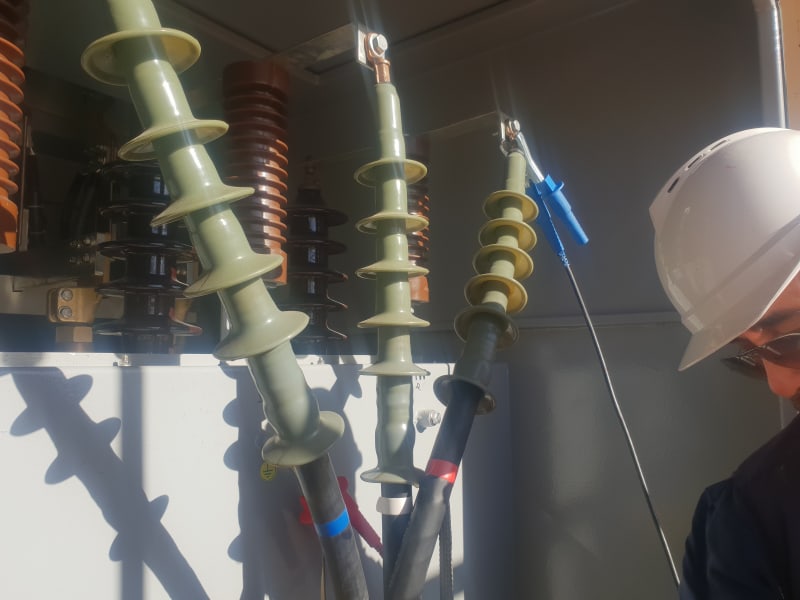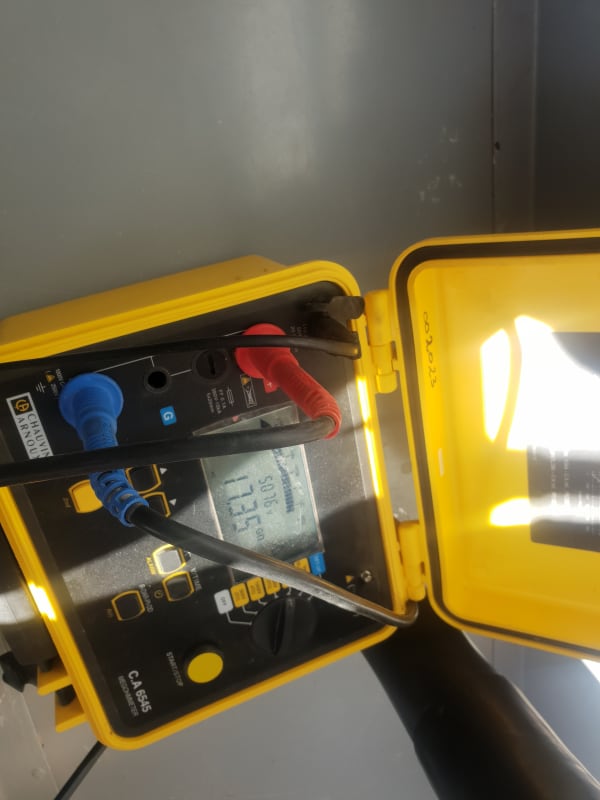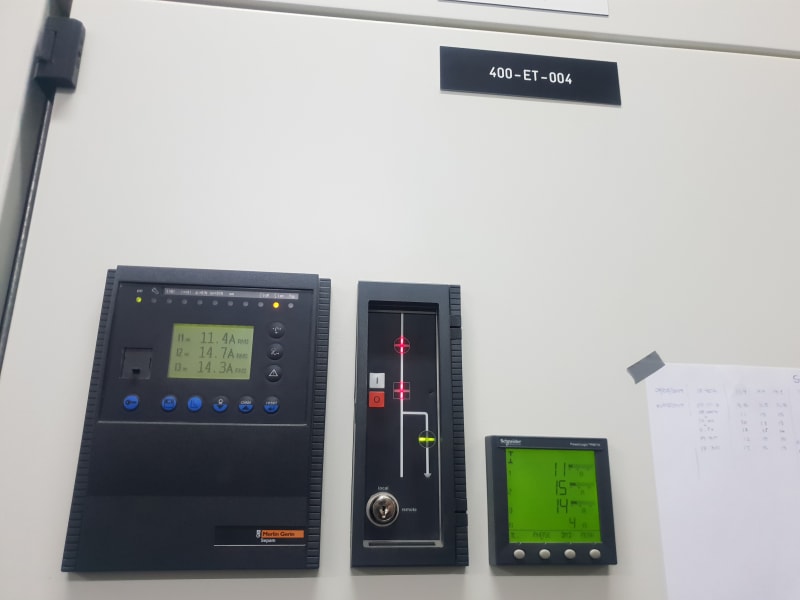Hi,
We have a distribution transformer 30/0.4kV 1.6MVA, which has the primary currents unbalanced. Secondary currents looks balanced +/- 80A. The transformer supply to MCC which has motor an single phase loads.
We've made insulation test 5000V 1 min, on primary side and the results are GOhms.



What can be the reason?
See attached picture.
Regards
We have a distribution transformer 30/0.4kV 1.6MVA, which has the primary currents unbalanced. Secondary currents looks balanced +/- 80A. The transformer supply to MCC which has motor an single phase loads.
We've made insulation test 5000V 1 min, on primary side and the results are GOhms.



What can be the reason?
See attached picture.
Regards


